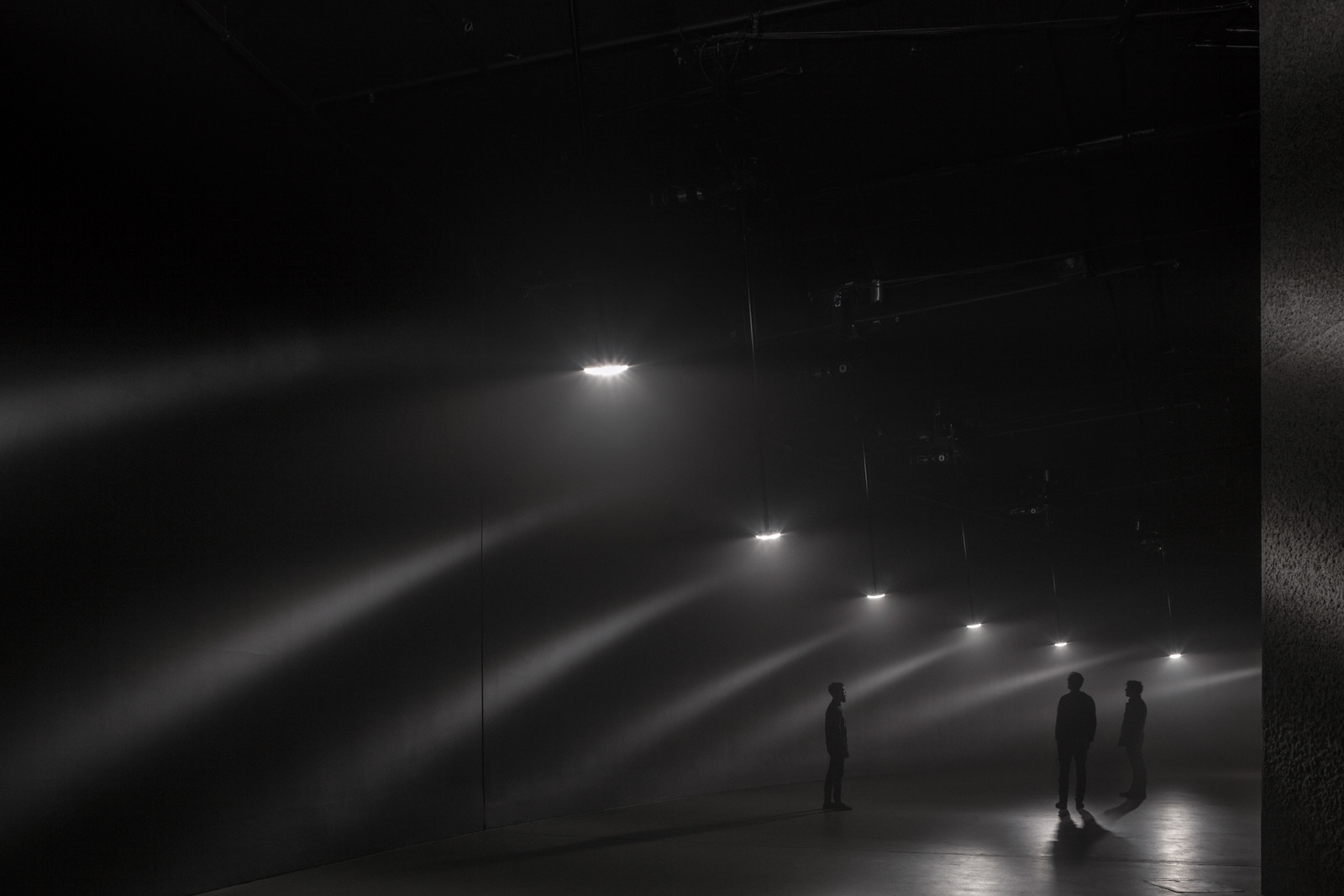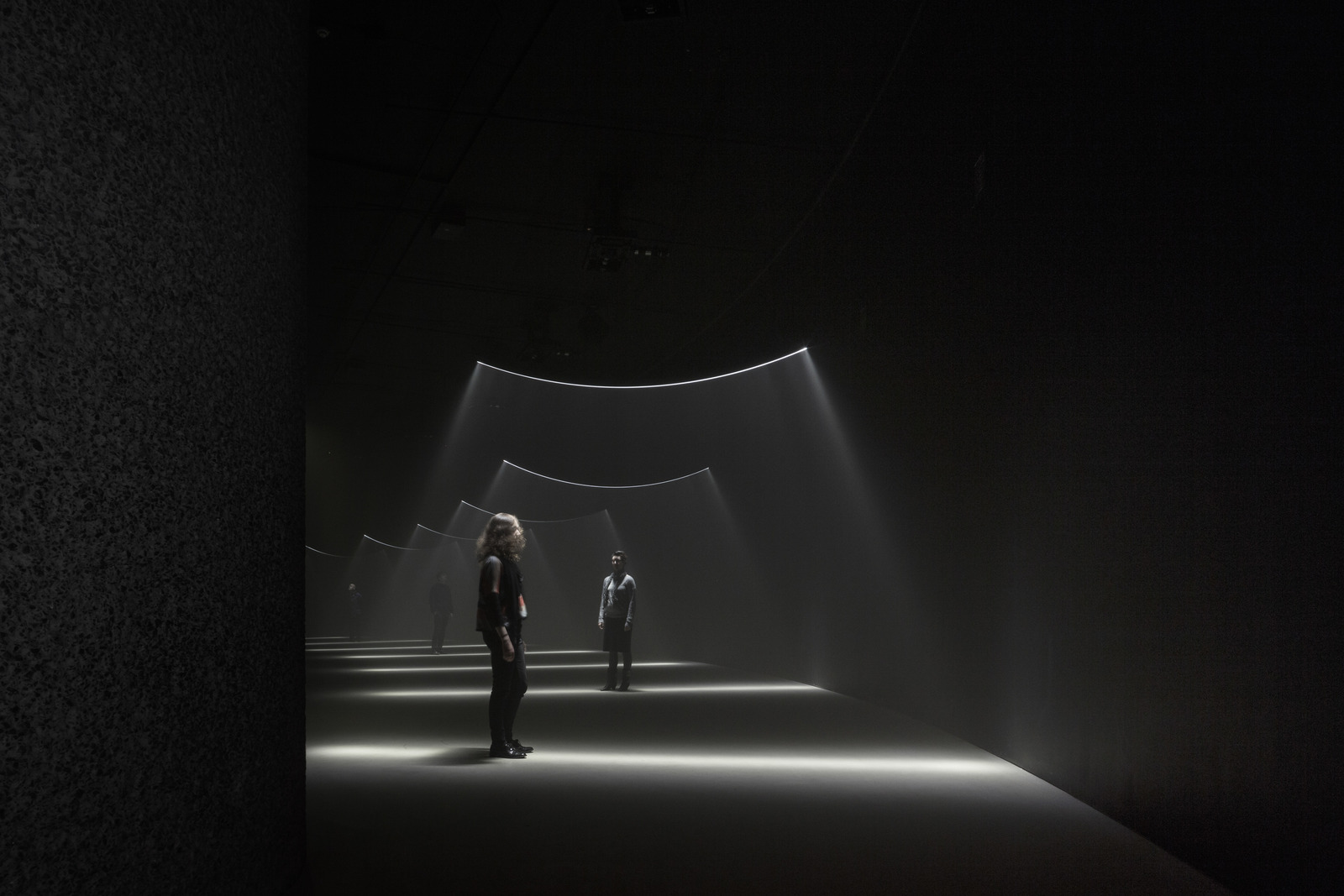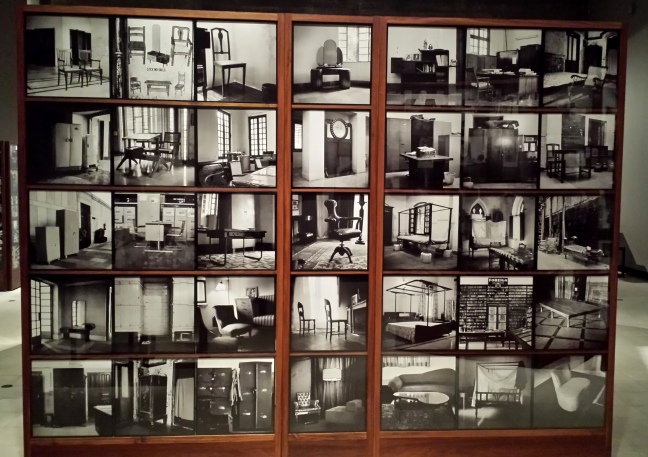Tomorrow, the Elmgreen & Dragset exhibition at the Victoria and Albert Museum (V&A) is probably one of our favourite exhibitions of this year. Quite big praise you might say, but not only did this show make us more aware of how conditioned we are as art audiences, but it also highlighted the fact that we can’t help but whisper and tiptoe, and revere art spaces even when obviously encouraged to do just the opposite.
Taking over five rooms of the V&A in what were formerly the Textile Galleries, Elmgreen and Dragset have converted this space into the fictional rooms of an apartment that belong to a retired and disgruntled architect Norman. The rooms include a parlour, living room, study, kitchen, bedroom and a passageway with doors in the wall that emit sounds of a running shower. The atmosphere is surreal especially when you see the gallery staff walking around in livery – almost like a modern day version of Downton Abbey. Do you talk to them or do you walk away? Are they going to stop you if you touch something?

As you walk through the doors, you are also welcome to pick up a little book that accompanies the exhibition and contains a script set within these very rooms. All this making Tomorrow slightly surreal as you wonder whether you’ve walked into an exhibition, a theatre set, or the ‘real’ apartment of someone lucky enough to reside at the V&A. All this adding up to the big question – are we the intruders here or the deliberate audience?
This exhibition comes with no instructions on the tin, no introductory wall text, no helpful gallery assistants to explain – they all seem to verge on characters in a play, making them quite daunting to approach. But they do stop you when you try to take pictures; and a smirk is the most likely answer you will get to a ‘can I sit on the chairs?’ It gets stranger still when you start to look at other visitors and try to figure out whether they are ‘genuine’ visitors like you, or whether they come with the display.

Most of Elmgreen and Dragset’s work focuses on how art is presented and experienced, and also on how different kinds of architecture and the objects within it can affect our behaviour. And in this case the objects featured in this apartment come from everywhere – a combination of objects from V&A Collections, artworks and objects from the artists’ collections, and thrift shop purchases – all presented in a completely non-hierarchical and matter-of-fact way.

But more than each individual object, Tomorrow is the sum total of the atmosphere they collectively create. And the fact that there are a multitude of references to former Elmgreen & Dragset works throughout the display, shows these artists doing what they do best – subverting meaning by reusing old material in different contexts.

As Michael Elmgreen says, ‘If you really respect your audience, you have to consider them as complex as yourself. And they will be very diverse. They will come from many different backgrounds.’ Which is very true in this case – every visitor to this exhibition will have a different understanding of Elmgreen & Dragset’s work, a different expectation of what they are going to see, and a different level of sensitivity to art. That they will all leave with an uncanny feeling, is what these artists have aimed for, and have successfully delivered.
Tomorrow – Elmgreen & Dragset at the V&A
Victoria & Albert Museum
Till 2 January 2014
More images and a recommended read.
Images borrowed with thanks (c) Courtesy the Artists and Victoria Miro, London and V&A.


















































































